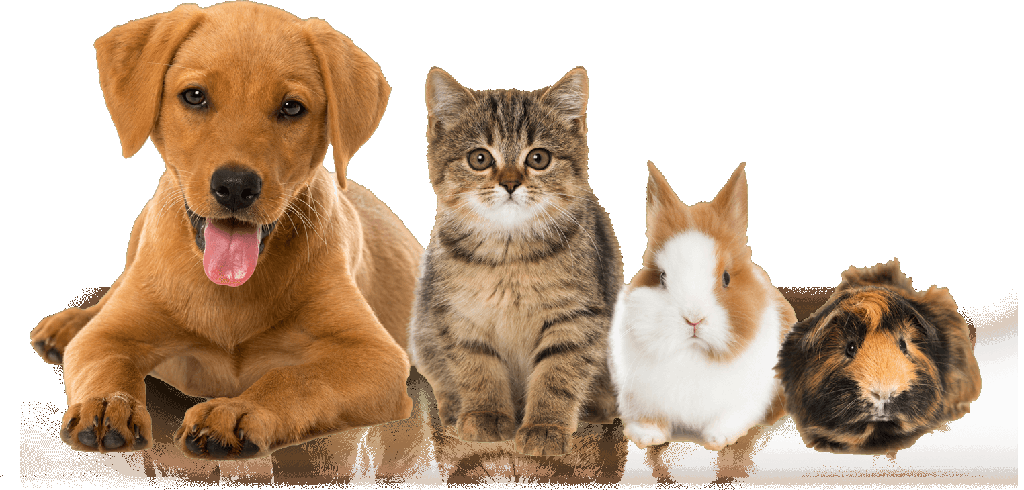Dog and cat teeth cleaning helps prevent the growth of bacteria or toxins that can cause periodontal disease. Read on Texas A&M Today
February is National Pet Dental Health Month, but maintaining good dental health for pets is essential year-round, as dental problems can also impact overall health.
Dr. Adriana Regalado, a clinical assistant professor of dentistry at the Texas A&M School of Veterinary Medicine and Biomedical Sciences, offers insights into the importance of good dental health and how personalized cleaning routines can significantly improve the quality of life for pets, preventing unnecessary pain and discomfort.
Importance Of Good Oral Health
The mouth is the first stop for food in the gastrointestinal system and is home to various bacteria, including some that are beneficial for digestion and others that can be harmful to health when left to multiply. The teeth of domestic cats and dogs are covered by a layer of good bacteria, saliva and some food debris, but if the layer is not removed within a couple of days, it will become thicker and stickier.
An overgrowth of harmful bacteria or toxins in a pet’s mouth can cause periodontal disease, a common dental condition characterized by inflammation and infection of the gums and bones surrounding the teeth.
“Dental care and hygiene are extremely important because they can have a very profound effect on the body of animals,” Regalado said. “If an animal has severe dental disease, they can swallow harmful bacteria and toxins along with food particles, causing negative changes in other areas of their body.”
Small molecules, such as cytokine and leukotriene, are released by cells to control the body’s response to the disease, but too much of these molecules can lead to excessive inflammation and cause damage to the swollen gums and bones.
“Good dental health prevents periodontal disease and the chronic inflammation associated with it, which, in turn, controls an excess production of cytokine and leukotriene that will circulate in the body and eventually cause your pet to feel unwell, compromising their immune system and vital organs in the process,” Regalado explained. “Dental hygiene really makes a difference in keeping your pet disease free.”
Periodontal disease can lead to additional conditions that cause physical pain, including, but not limited to, tooth decay and sensitivity; gum recession and root exposure; the formation of an abscess, or a pocket of infection around a tooth’s root; and, in some cases, significant bleeding and jaw fractures.
Recognizing signs of poor dental health early allows owners to seek timely veterinary care and prevent the progression of dental problems while reducing the risk of developing associated health issues.
“You should be looking out for bad breath, red or bleeding gums, excessive or bloody drool, and sneezing that may be caused by an oronasal fistula, an abnormal connection between the mouth and nose,” Regalado said. “Owners need to be aware of behavior changes as well. They may notice that their pets are pawing at their faces; for example, if cats have some pain, they will start rubbing their face. Dogs that are friendly and playful may suddenly not want to be touched on the face, want to interact with you, or play at the dog park.”
Regalado pointed out that if pets are in pain, they may have trouble eating and drinking as well.
Cleaning Routines
Good dental routines, which promote healthy teeth and gums, include brushing; feeding appropriate diets, such as including dental treats in the diet; and monitoring at home.
“Brushing a pet’s teeth and surveillance go hand-in-hand because if your pet has a dental concern, such as an abnormal lump or bump in the mouth or a broken tooth, you will immediately notice it while brushing,” Regalado said. “If you don’t have a brushing routine, a concern can become worse — that small lump may be a tumor that continues growing to the point that your pet cannot swallow or a broken tooth will be there until your pet develops a tooth abscess.”
Yet not all dental care routines are one-size-fits-all, as individual pets may have unique dental needs that require personalized attention. Owners also may have needs that must be considered.
“Cleaning routines must be tailored to the individual pet by a veterinarian,” Regalado said. “For example, if you have a small-breed dog, dental treats and brushing are not going to be enough because their mouth structures are more susceptible to periodontal disease. A veterinarian will most likely recommend a certain type of toothpaste, a water additive (like a mouthwash for pets), and more frequent dental visits.
“Routines should also be tailored to the owner, something that is practical and achievable based on their capabilities,” Regalado continued. “A veterinarian will be able to assist in developing a dental hygiene routine that works best for both you and your pet.”
Board-certified veterinary dentists can also be found through the American Veterinary Dental College, and the Veterinary Oral Health Council offers tips on dental products for owners.
By staying vigilant for signs of dental issues and implementing appropriate cleaning routines with the help of a veterinarian, pet owners can ensure their pets maintain good oral health and overall well-being, ultimately enhancing their quality of life.
Pet Talk is a service of the School of Veterinary Medicine & Biomedical Sciences, Texas A&M University. Stories can be viewed on the web at vetmed.tamu.edu/news/pet-talk. Suggestions for future topics may be directed to vmbs-editor@tamu.edu.





